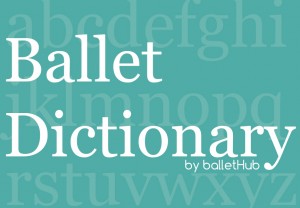Spotting is a ballet term that describes the action of a dancer’s head while turning. Learning how to spot correctly is a very important part of technique in all forms of dance, especially in classical ballet. When spotting correctly, a dancer becomes much less dizzy (if at all) while turning, allowing for many turns in sequence.
When spotting, dancers will try to hold their head in place and fix their eyes on a “view” or picture (whether that is a wall of a classroom or the dark audience on a stage) as their body turns. Once a dancer physically can’t keep their head in the same position, they turn it around and try to see that same picture as before.
Dancers try to hit a perfect balance between using muscle to turn their head around and “help the turn” without gripping or tightening muscles too much. If so, the dancer may risk injury and tight neck and back muscles.
In classical ballet, having good spotting technique is important for both technical and aesthetic reasons.
For example, a dancer can be spotting, but with their head rolling around off alignment and back again as they come around. This would make multiple turns very difficult. Advanced level dancers will spot without the level of their chin dipping or raising throughout the entire turn.
While not common, some dancers can do multiple pirouettes with very little spotting. While it works for the very few, it also generally has a less controlled look because you can’t tell where the dancer is focused. Much like an ice-skater, you may wonder “Where are they going to end up?!”
